So, you think your dog’s a free spirit? That’s adorable. Until “free spirit” turns into “gone in 60 seconds” the moment the gate creaks open.
But believe it or not, some dogs can handle the luxury of freedom without turning your neighborhood into their personal racetrack. These breeds actually enjoy sticking around — shocking, right?
They’re smart, loyal, and somehow understand the concept of boundaries better than most humans at an all-you-can-eat buffet. It’s not magic; it’s training, instinct, and maybe a sprinkle of good genetics.
Before you picture your pup galloping into the sunset, let’s be clear: “off-leash” doesn’t mean “untrained.” These dogs just happen to make freedom look easy.
So grab your coffee (or leash, if your dog’s not on this list), and let’s dive into the breeds that can roam your yard without giving you a mini heart attack.
Dog Breeds That Wander Yards Without Leashes Happily
1. Golden Retriever
So you’re thinking your golden buddy might just ace the “no leash, no problem” lifestyle? You’re right — but only if you can resist those soulful eyes when they beg for one more backyard adventure.
Golden Retrievers thrive on structure disguised as freedom; they need boundaries they can politely ignore (just once in a while).
Instead of a leash, try a long-range recall collar or boundary training games. They adore interactive cues and fetch sessions that double as mental workouts.
Off-Leash Training Tips & Tricks:
Reward calm behavior near open gates.
Play “stay and release” recall games.
Keep early sessions short and supervised.
PDSA claims that Golden Retrievers are sunshine in fur form — athletic, affectionate, and loyal to a fault. They’re perfect for families who believe freedom and obedience can coexist… sort of.
2. Border Collie
Is your dog smarter than your Wi-Fi? If yes, you probably own a Border Collie. These Einstein-level pups are designed for complex tasks — herding sheep, solving problems, or judging your frisbee throw form.
A leash? Optional, if you can outthink them (spoiler: you can’t). Opt for agility courses, obstacle paths, or a GPS tracker instead — they love work disguised as play.
Off-Leash Training Tips & Tricks:
Rotate recall commands to keep them engaged.
Channel energy with daily “jobs” or puzzles.
Never skip mental exercise — boredom is chaos.
Physically, they’re all muscle and motion; mentally, they’re an Olympic committee of focus. Best for owners who thrive on routine and chaos — sometimes at the same time.
🎧 Dogcast
Episode 6 — If Dogs Could Talk: Why We Ignore “Come Here”
If you don’t hear sound, tap the button above to enable audio.
3. Labrador Retriever
If happiness had a mascot, it’d wag its tail like a Labrador. Labs live for people, puddles, and anything resembling a snack. But can they master the “yard freedom” challenge? With the right training, absolutely — as long as your fence isn’t made of sandwich materials.
Replace the leash with interactive toys or remote recall practice. Their love for fetch and swimming makes freedom feel like a reward, not rebellion.
Off-Leash Training Tips & Tricks:
Use water play for recall reinforcement.
Train before meals for better focus.
Keep commands consistent — Labs are emotional learners.
Friendly, muscular, and endlessly goofy, Labs are made for active families. They’ll wander just far enough to make you nervous — then come sprinting back for belly rubs.
4. Poodle
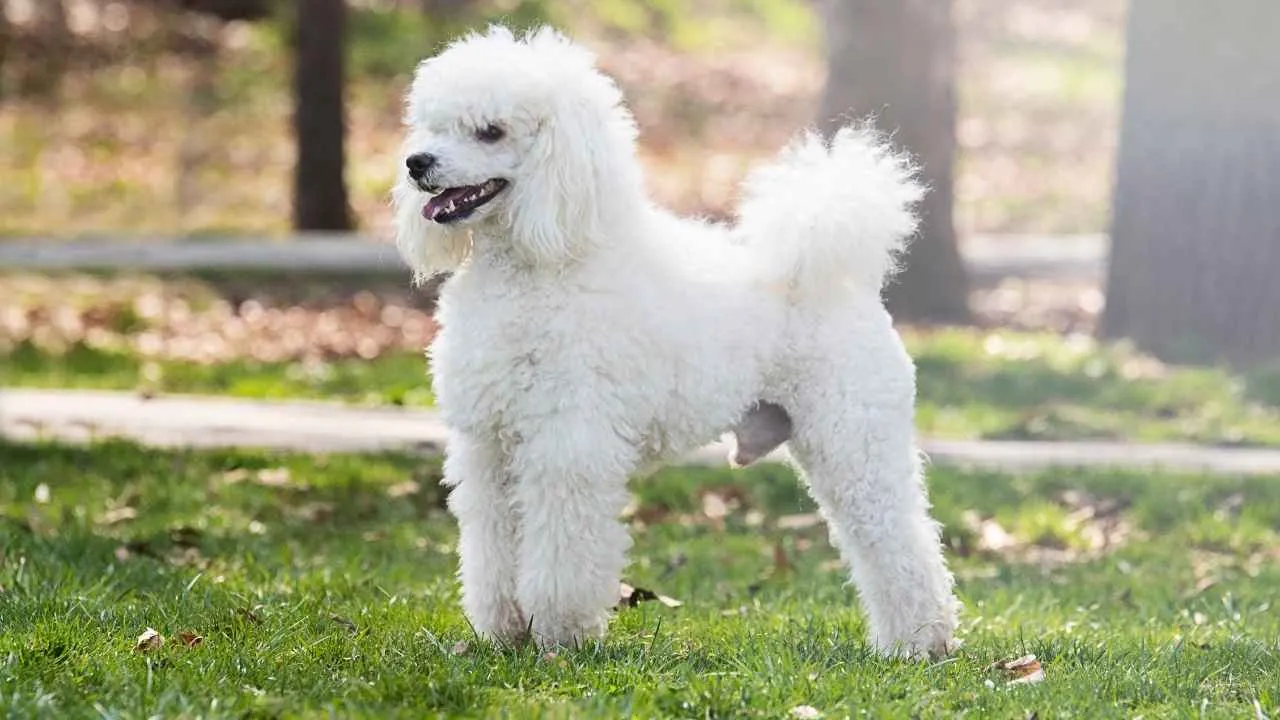
Elegant? Yes. Snobby? Only in appearance. Beneath that fancy trim lives a genius athlete ready to explore the yard leash-free — if you don’t underestimate them.
Instead of a leash, try invisible fencing or voice-command training. Poodles respond to tone and routine more than force, so drama-free consistency wins.
Off-Leash Training Tips & Tricks:
Practice “heel” commands with treats, not tension.
Mix obedience with fun tricks for focus.
Grooming time = bonding time = better recall.
They’re athletic, expressive, and unreasonably photogenic. A Poodle off-leash isn’t rebellious; they’re simply curating their freedom aesthetically.
5. Australian Shepherd
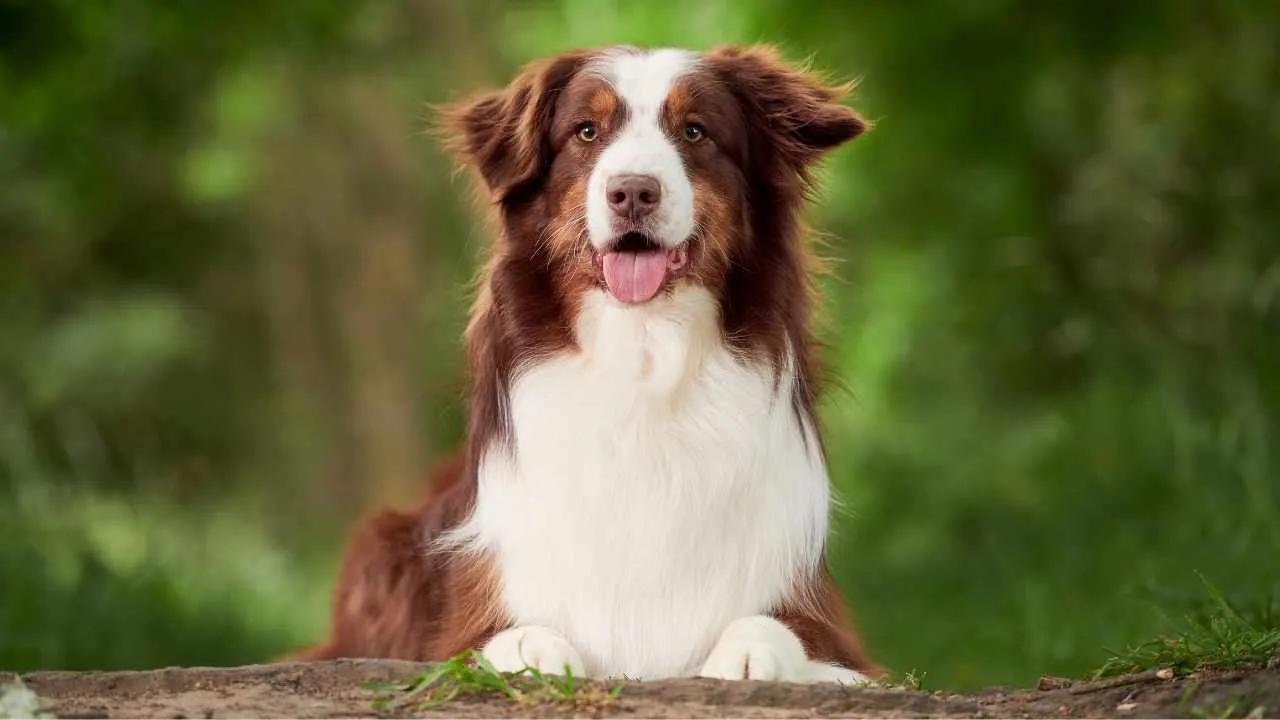
Aussies are energetic with fur — like espresso that herds sheep. If you’re considering off-leash freedom, prepare for a dog who might “herd” your mailman for sport.
Forget traditional leashes; these dogs respect invisible boundaries when given a job. Try whistle recall or directional cues — they live for clear leadership.
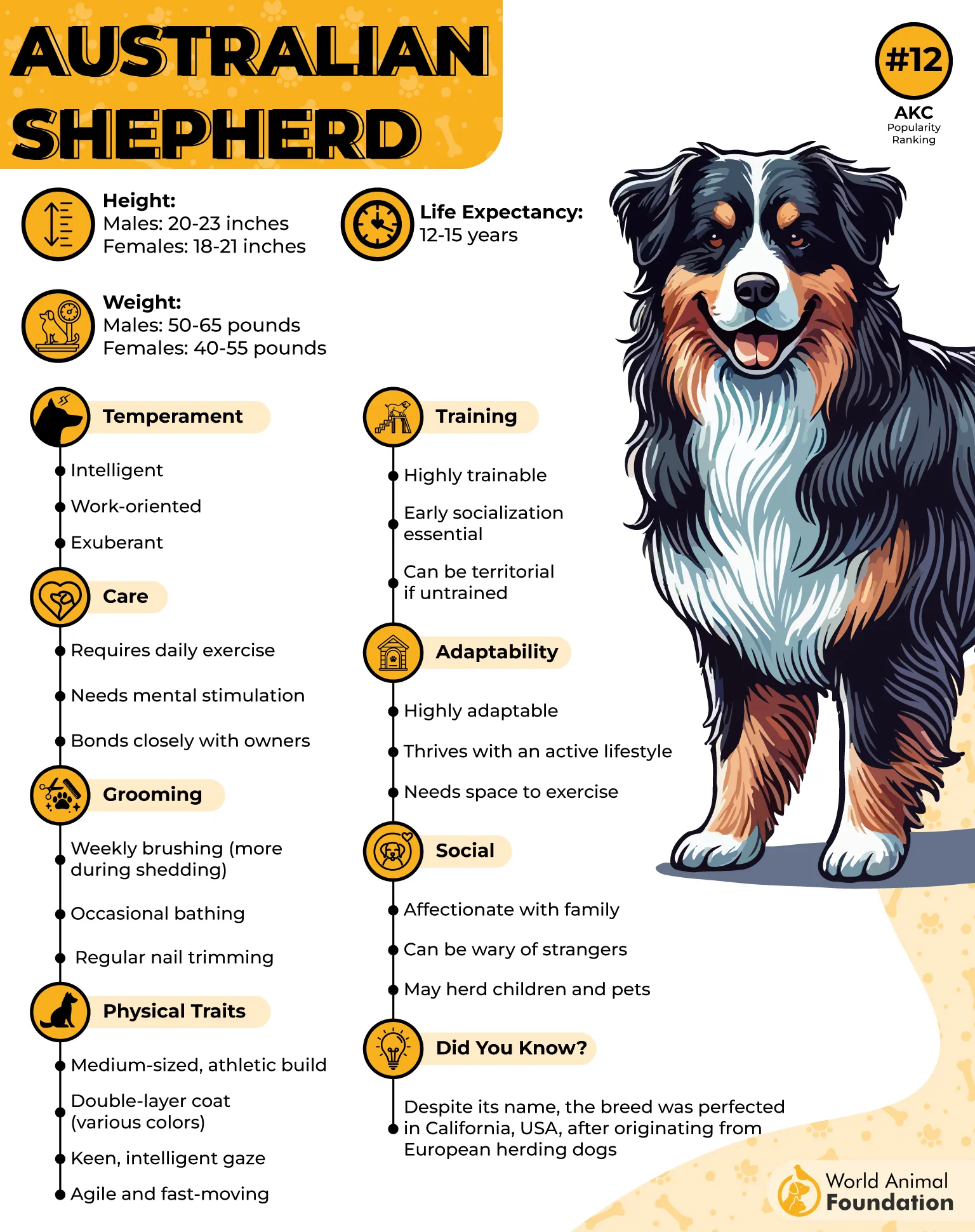
Off-Leash Training Tips & Tricks:
Use hand signals — they’re visual learners.
Keep training sessions outdoors for realism.
Reward calm herding behavior, not chaos.
WebMD notes that with their striking coats and workaholic hearts, Aussies thrive in homes that never sit still. Perfect for hikers, ranchers, or anyone allergic to boredom.
6. Vizsla

Vizslas: clingy, charming, and faster than your morning coffee kicks in. These velcro dogs don’t just wander — they orbit you. That makes them surprisingly reliable off-leash, if you can keep up.
Lose the leash, keep the bond. Use tracking collars or long leads during training, then graduate to full trust — they crave connection more than control.
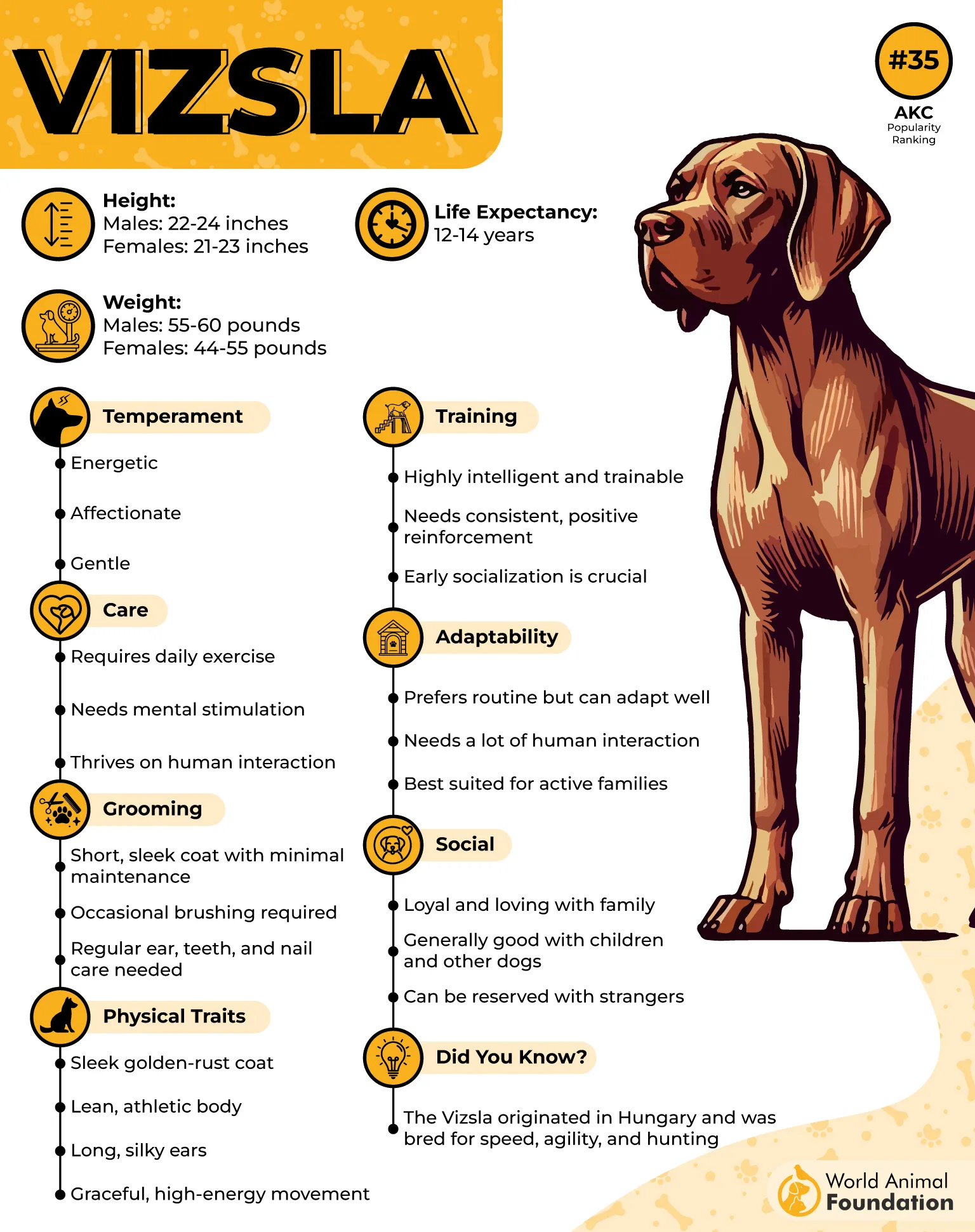
Off-Leash Training Tips & Tricks:
Practice recall during hikes, not just in the yard.
Stay calm — they mirror your energy.
Prioritize consistency over correction.
Lean, rust-colored, and athletic, Vizslas are born for the open air. Perfect for runners who need a partner that never skips leg day.
7. Dalmatian
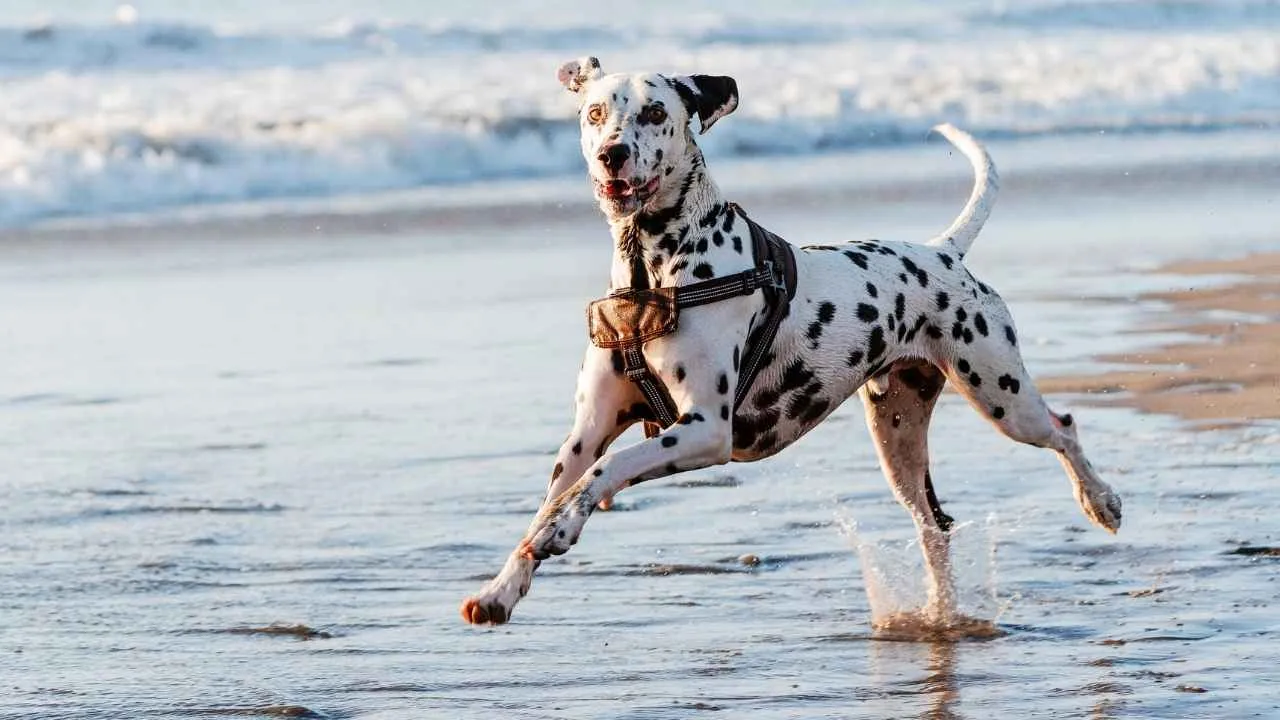
Ah, the Dalmatian — spotted perfection with a touch of drama. These dogs don’t wander; they parade. Confident, energetic, and a little too proud of their stride, they love a yard they can call their stage.
Ditch the leash for structured boundary games or motion-activated training devices. Keep sessions fast-paced and fun — Dalmatians get bored faster than you can say “fetch.”
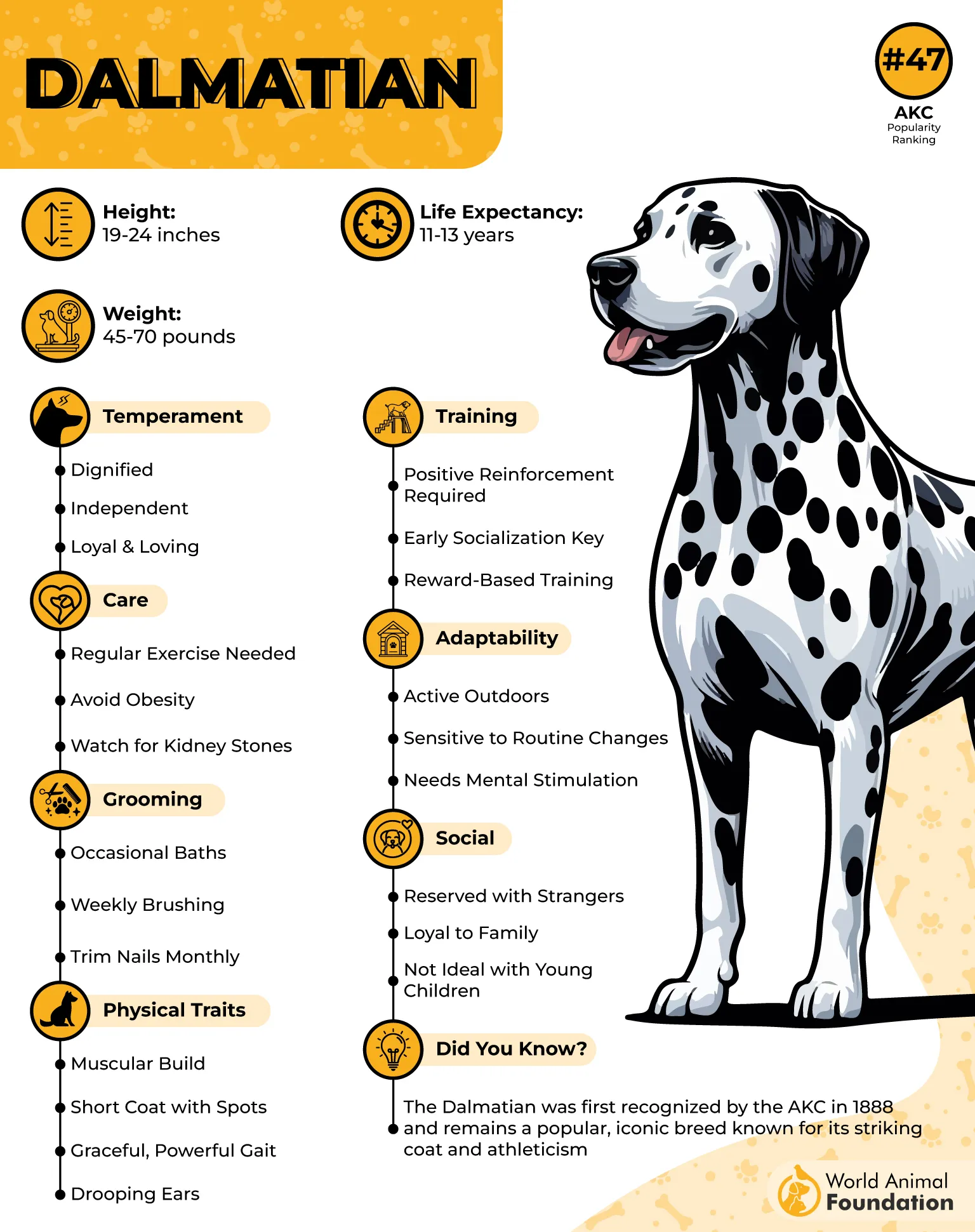
Off-Leash Training Tips & Tricks:
Reinforce recall with praise, not pressure.
Alternate play with rest to manage stamina.
Make boundaries part of the game.
AKC explains that athletic and striking, they thrive on attention, space, and applause. Perfect for active owners who love a little chaos with their charm.
FAQs
1. Which dog breeds enjoy roaming yards freely without needing a leash?
Breeds like Golden Retrievers, Border Collies, Labradors, Australian Shepherds, Poodles, Vizslas, and Dalmatians are known to handle off-leash freedom well. They’re intelligent, obedient, and usually stick close to home when trained properly.
2. Are leash-free wandering breeds safe around children and other pets?
Yes — most of these breeds are gentle, social, and great with kids and other dogs. Still, early socialization and supervision are key to ensuring everyone stays happy and safe during those backyard adventures.
3. How can owners ensure these dogs don’t escape while exploring the yard?
Start with solid recall training and clear boundaries. Invisible fences, GPS collars, and reward-based obedience training can turn a potential escape artist into a responsible explorer.
4. Do leash-free friendly breeds still require daily walks and exercise?
Absolutely! Even the best off-leash dogs need physical exercise and mental stimulation daily. Yard freedom isn’t a workout — they still need structured play, walks, and bonding time.
5. What traits make certain dogs happier when roaming without a leash?
Confidence, intelligence, loyalty, and a strong bond with their owner. Dogs with low prey drive, good recall, and eagerness to please are naturally more suited to the leash-free life.
Conclusion
Let’s face it — not every herding dog or highly trainable dog is made for the off-leash life. Some, like the German Shepherd or Great Pyrenees, were originally bred to herd cattle or guard, not ignore a squirrel sprinting by. That strong prey drive is no joke.
Beagles, hounds, and Treeing Walker Coonhounds? Adorable, but total escape artists. One whiff of a rabbit, and they’re gone before you can say “stay.”
Still, with good obedience training, regular exercise, and mental stimulation, even the wild ones can surprise you. Give them patience, space, and love — and they’ll give you a pretty awesome, leash-free friendship.


